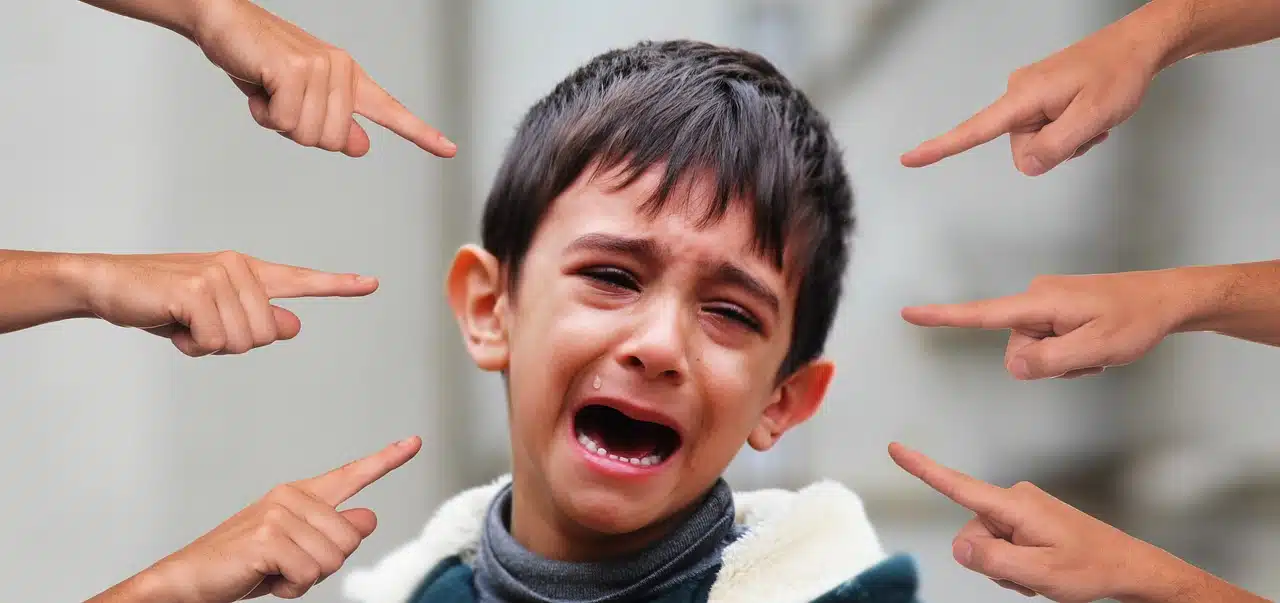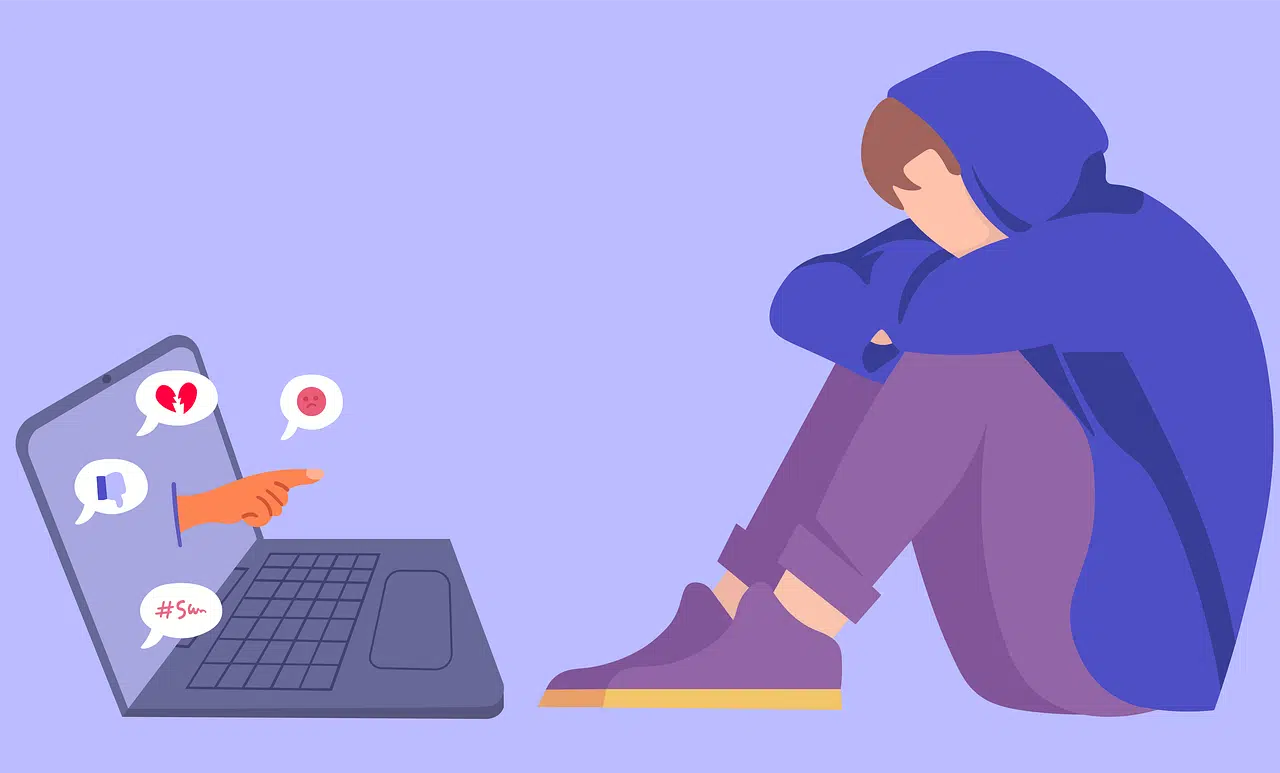
Bullying is called bullying.
Bullying is bullying and any form of physical, verbal or psychological abuse that occurs among schoolchildren, repeatedly and over time . It is an Anglicism that is not part of the dictionary of the Royal Spanish Academy (RAE) , but whose use is increasingly common in our language.
Bullying usually takes place in the classroom and on the schoolyard . This type of violence generally affects boys and girls between 12 and 15 years old , although it can extend to other ages.
The harassment that involves bullying can include physical harassment , verbal harassment , and social harassment . Through threats, insults, pushing, hitting and other attacks, the harasser seeks to stigmatize his victim, promoting his social exclusion .
Profiles of the harasser and the harassed
The profiles of the harasser and the harassed are usually described by professionals who are experts in the field. Thus, in the first case, these are the main hallmarks that define it:
- The bully is someone who needs to have dominance over another to feel powerful and thus be recognized.
- He lacks social skills and does not show any capacity for empathy .
- As a general rule, he usually has problems with violence in his own home.
- He has no capacity for self-criticism and manipulates reality as he pleases.
In the second case, that of the harassed, we can say that these are the characteristics that usually identify him:
- He is someone submissive.
- He has low self-esteem and also does not have a confident personality .
- He has the inability to defend himself.
- This is a person who is very attached to his family and has little autonomy .
- He usually presents some type of difference from the rest of his classmates in terms of race , religion , physical appearance or another factor.
Development of bullying
The development of bullying can be carried out in different ways. At a general level, the aggressor or harasser bothers his victim in different ways due to the silence or complicity of the rest of the classmates. It is common for the conflict to begin with teasing that becomes systematic and can lead to different forms of violence at school .
The spread of rumors to shame the victim, the spread of hate messages and the use of various methods to achieve coercion are common. The aggressor constantly seeks to humiliate the bullied, turning his or her life into hell that can include anxiety disorders , depression , and suicidal ideation .
Bullying cases, in short, reveal an abuse of power . The bully achieves intimidation from the other boy, who perceives him as stronger, regardless of whether this strength is real or subjective. Little by little, the bullied child begins to experience various psychological consequences of the situation, being afraid to attend school, being withdrawn from his peers, resorting to isolation , etc.

Bullying can include different forms of physical violence.
How to spot bullying
Bullying has become one of the main concerns that parents have regarding their children. Therefore, it is important to pay attention to signs that may indicate that children or adolescents are suffering from bullying :
- The young man has very sudden mood swings.
- He is afraid to go to school and that is why he always makes excuses to miss class (growth in school absenteeism ).
- An alteration occurs in academic performance (low academic performance).
- He does not say anything about his daily life at the educational center.
- You begin to suffer from eating disorders, sleep disorders or other problems related to mental health.

Cyberbullying is a type of bullying that takes place over the Internet.
Prevention and treatment of bullying
The prevention of bullying is essential and must have the commitment of teachers, directors and other protagonists in the school environment. Professionals must work on the emotional education of students, developing their assertiveness , promoting respect and encouraging tolerance to build a peaceful and harmonious school coexistence.
The State, in this framework, has to develop educational policies that take this problem into account and promote teacher training, so that educators are prepared to address it. Giving talks and workshops and launching awareness campaigns are some of the necessary actions.
Anti-bullying campaigns can even be carried out in conjunction with non-governmental organizations involved in child protection. Likewise, carrying out studies and research that allow reliable statistics to be obtained is another of the tasks that government authorities must carry out to prevent bullying.
Beyond preventive work, there must also be action protocols when bullying occurs. The intervention of the teaching staff must be immediate and psychological support must be provided to the parties involved. The promotion of a mediation process and the search for an agreement that makes it possible to repair the damage are also part of the actions to be carried out.
Virtual harassment
We cannot fail to mention that, with new technologies, bullying has spread to the victims ' homes, in what is known as cyberbullying .
Harassers are responsible for harassing people through the Internet , with intimidating emails, the dissemination of retouched photographs, defamation on social networks, identity theft and even the creation of web pages with aggressive content. Online bullying , in this way, means that the victim suffers persecution beyond the limits of school and any other physical space.
